ANSC 1401 - Goats
1/38
Earn XP
Description and Tags
Dr. Jackson's General Animal Science 1401 course at TTU: Goats
Name | Mastery | Learn | Test | Matching | Spaced |
|---|
No study sessions yet.
39 Terms
What are the characteristics of Goats?
Known as small ruminants
Referring to their digestive tract
Goats are found with a lot of ethnic groups in the Middle East & Africa
Another substitute for pork & beef (religious reasons)
They are a minor species in the U.S.
Stable industry
Texas is the top goat producer
They are extremely athletic
Climbers, jumpers, etc.
What are the four categories of goats?
Dairy
Meat
Fiber
Brush Control
Buck (billy)
Mature, intact male goat
Doe (nanny)
Mature, female goat
Kid
Immature/offspring goat
Cabrito
Goat meat
Mohair
Fiber produced only by the Angora goats
Whether
Castrated, male goat
Caprine
Goat—Species name
What are the characteristics of Dairy Goats?
Will tend to have less muscle compared to other breeds
Smaller in general
Primarily used in milk production. However, male kids can be used for meat
Meat won’t be as good as your typical meat breed
What are the Dairy Goat breeds?
Saanen
Toggenburg
Alpine
Oberhasli
Nubian
Lamancha
Saanen
Originated in Switzerland
Tolerant to the cold
White in color with small, erect ears
Have the highest milk production in the world
Nicknamed the “Holstein” of the Dairy Goats
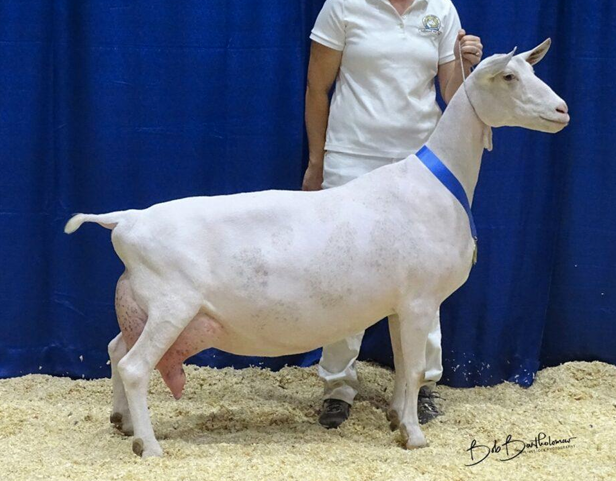
Toggenburg
Originated in Switzerland
Is the second highest milk producer in the world
Tan body with white markings
Will have uniform colors
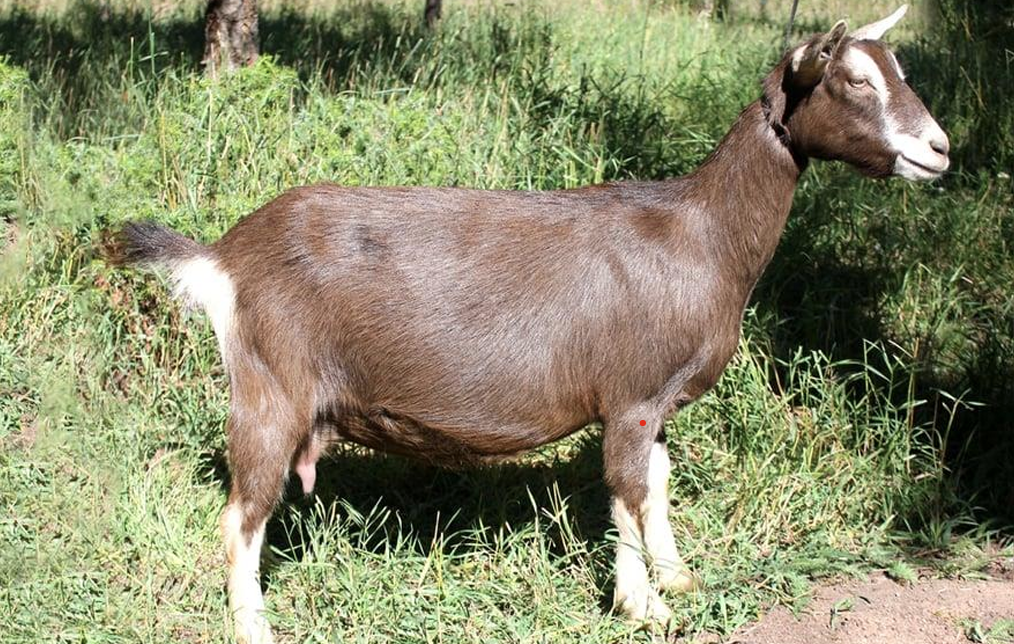
Alpine
Originated in Switzerland
Seen in a variety of white, grey & black markings & patterns
Three types:
Swiss
French
Rock
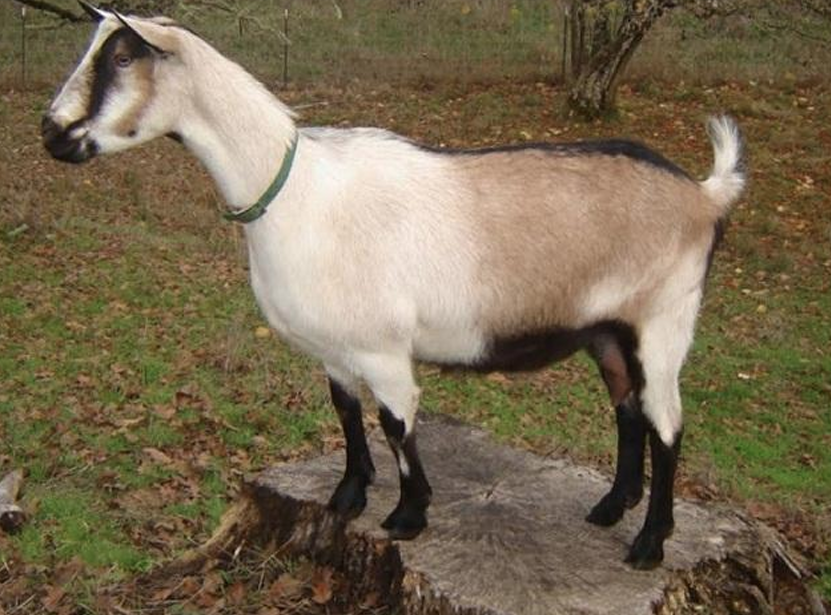
Oberhasli
Originated in Switzerland
Red goat with a black topline, belly & head
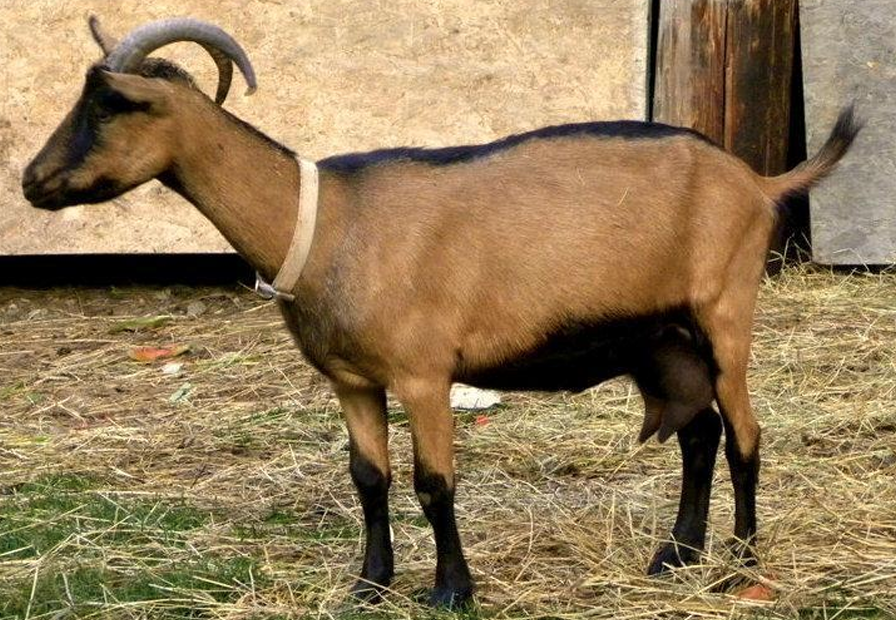
Nubian
Originated in South Africa
Considered the most muscular Dairy Goat
Doesn’t produce as much milk
Have long, floppy ears & a roman nose
Come in a variety of colors
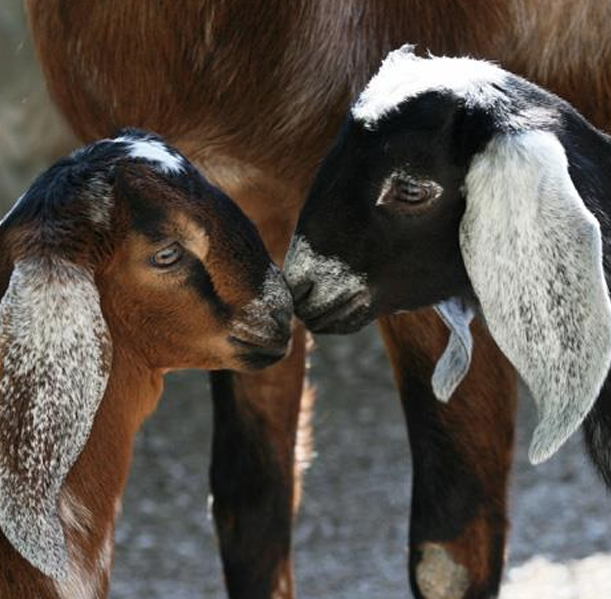
Lamancha
Originated in Spain
Do not have ears
Derived from a gene mutation & humans turned it into a breed
Are seen in a variety of colors
Lowest tier (worst) of the milk breeds
Bucks have no ears, Does can have tiny ears
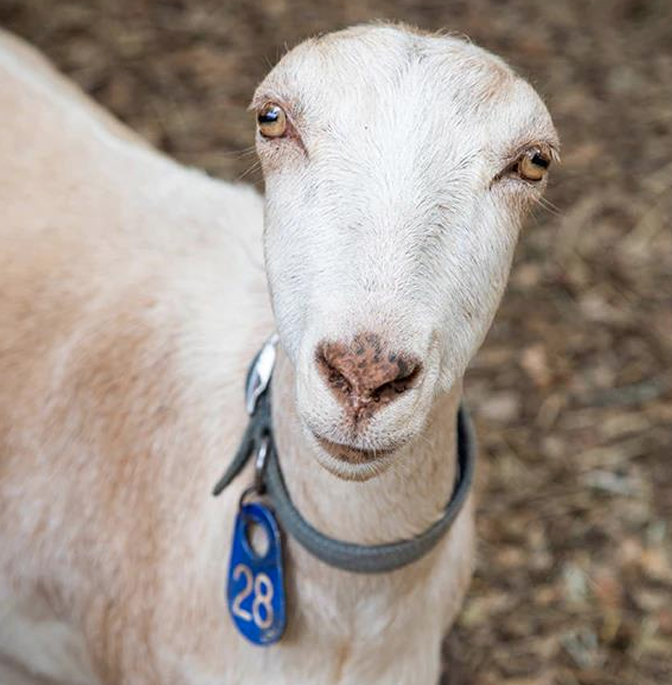
What are the characteristics of Meat Goats?
Bred for meat production
Not seen often in America but in the Middle East & Africa in the ethnic groups
“Cabrito” is used to replace pork & beef
What are the Meat Goat breeds?
Spanish (not really a breed)
Boer
Spanish
Raised for Meat, also used for Brush Control
Not technically a breed, more along the lines of a large mixture of various milk goats
Noted for parasite resistance & being harder for predators to catch
Deer-like instincts
Will be shown in a group
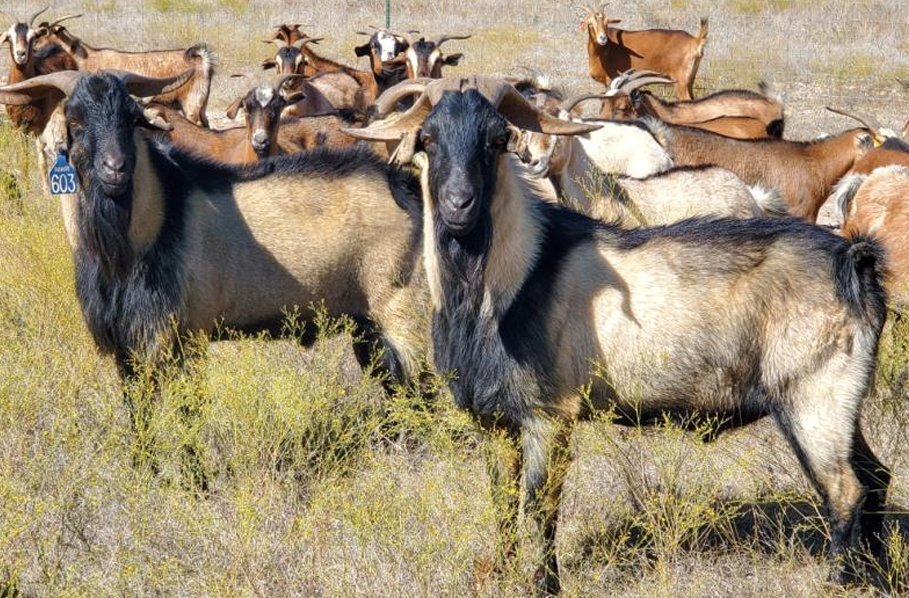
Boer
Imported from South Africa in the 1990’s
They are powerful, fast-growing, have more muscles & heavy bones
Eat more, making them more expensive
Your standard show goat (FFA or 4-H)
Lacks browsing, hardiness, and survival instincts of a Spanish goat
Horned with red/brown heads & white bodies
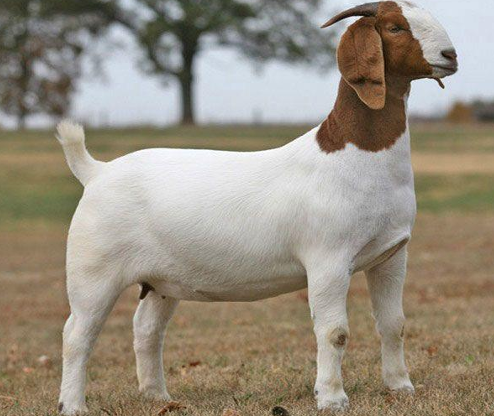
What are the characteristics of Hair Goats?
Bred for their production of fiber
Smaller market due to a decrease in demand
Not good at anything else but producing fiber.
What are the Hair Goat breeds?
Angora
Cashmere
Angora
Originated in Turkey
They are used for fiber production (Mohair) and brush control
Sheared twice a year
Hair grows an inch every month
Fineness of fiber depends on age
Kids have the finest
Long, curly hair
95% of Angora goats in America are found in Texas Hill Country
AKA West Texas and/or Edward’s Plateau
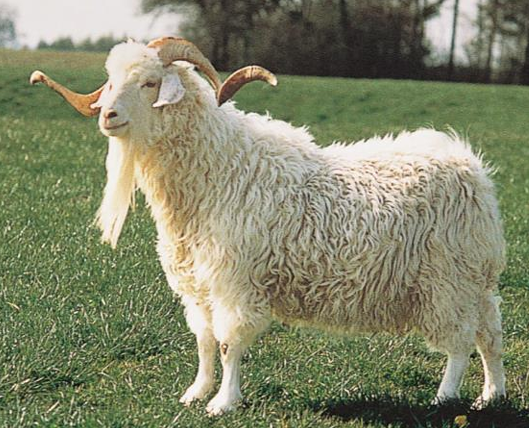
Cashmere
Produce a luxury fiber known as Cashmere
Comes from a variety of goats
Very short & extremely fine
Long, straight hair
White is the most desired color because it enables the ability to dye it
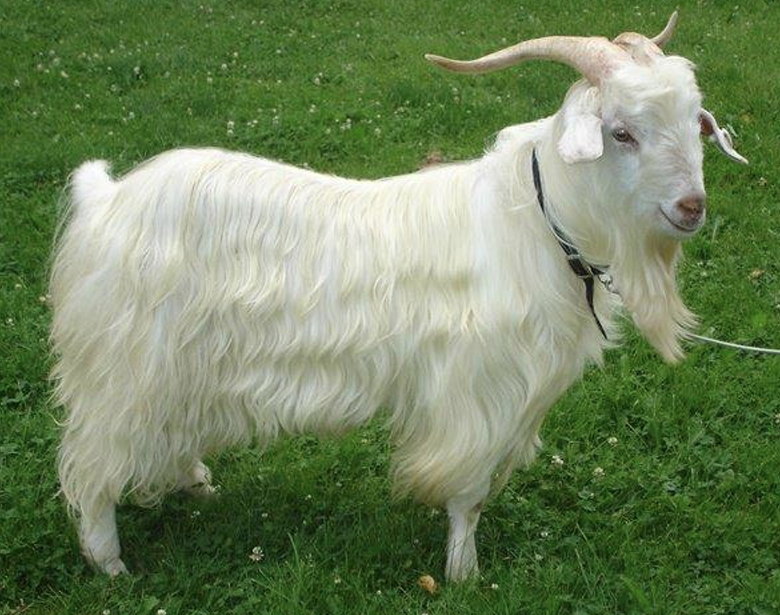
Pygmy Goat
Originated in Africa
Tiny
Not productive
Kept as pets
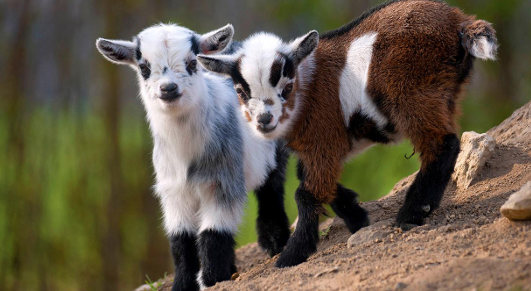
Myotonic Goat
Fainting. Scare goat
They faint due to a muscle mutation/defect
Cannot live in the wild; will not survive
Will always be shown on their back
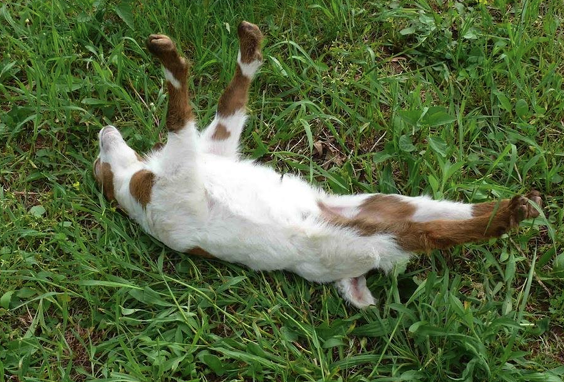
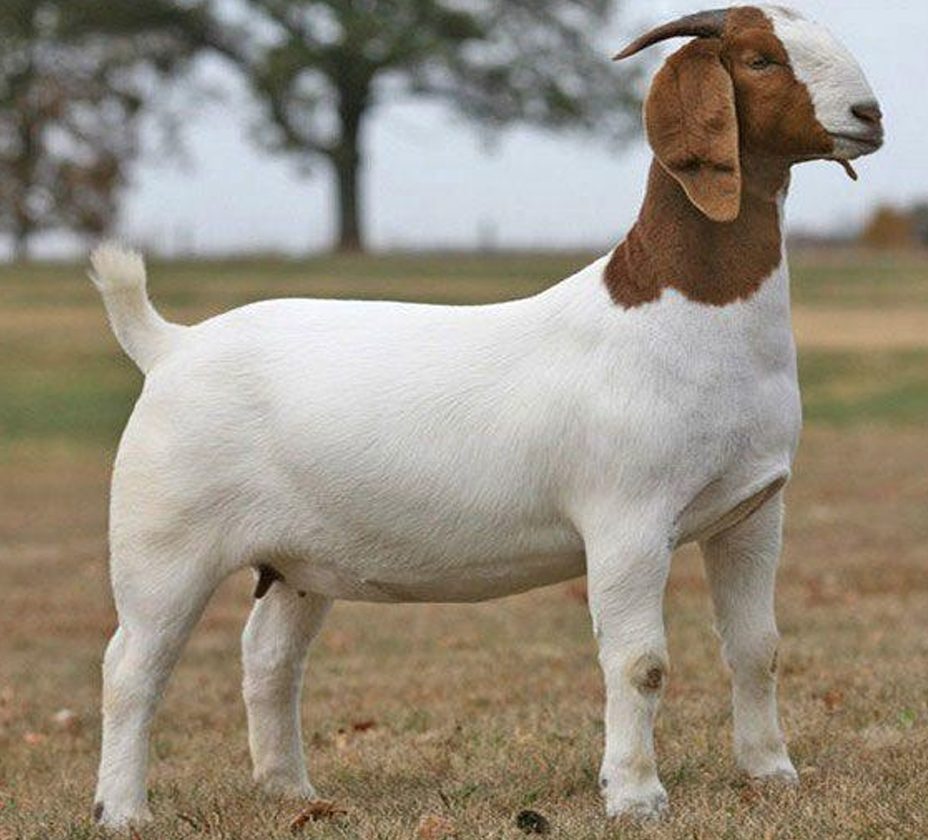
What Goat is this?
Boer
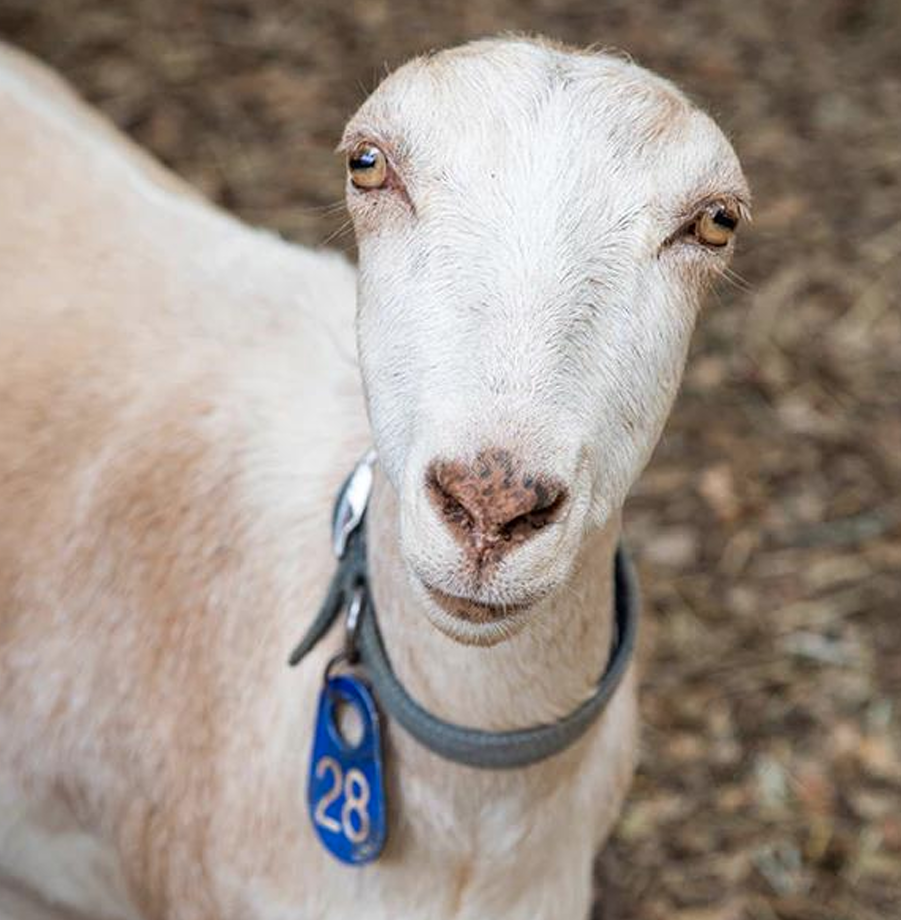
What Goat is this?
Lamancha
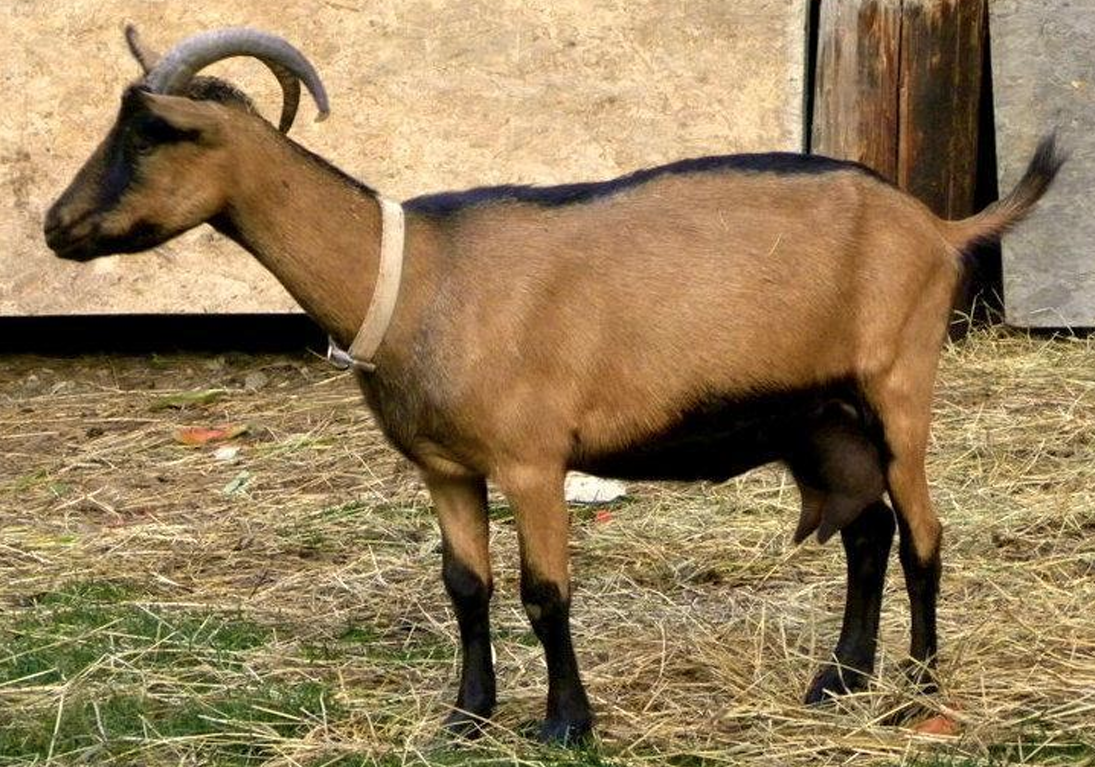
What Goat is this?
Oberhasli
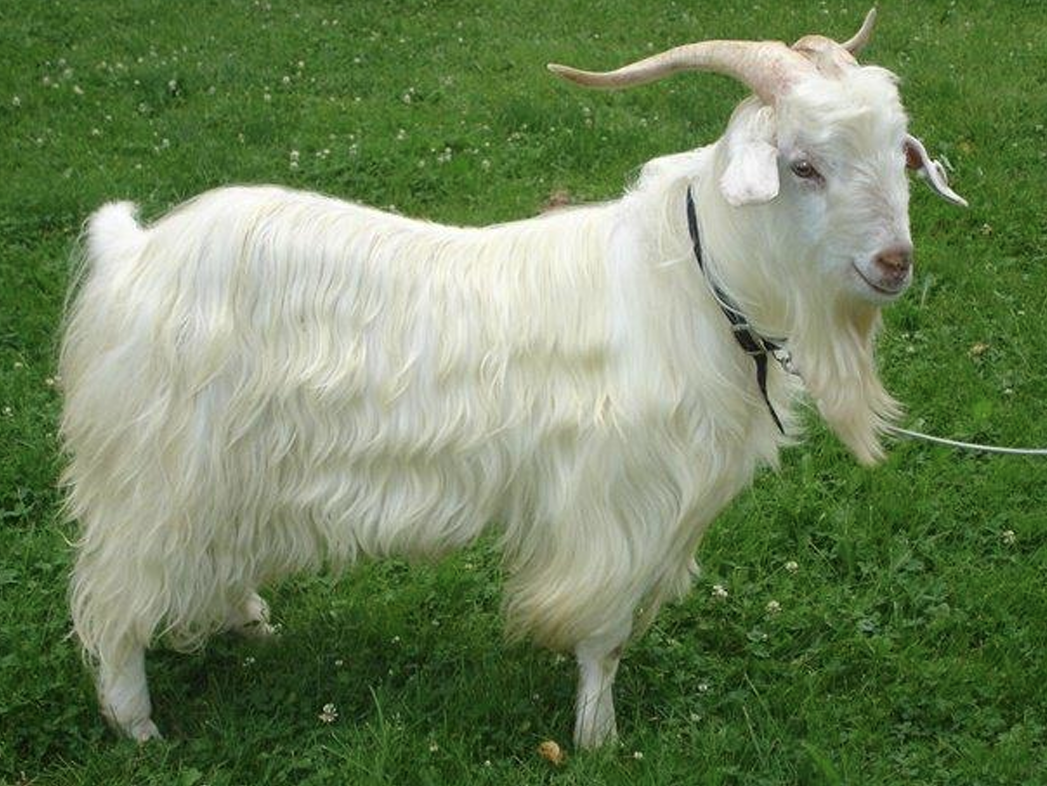
What Goat is this?
Cashmere
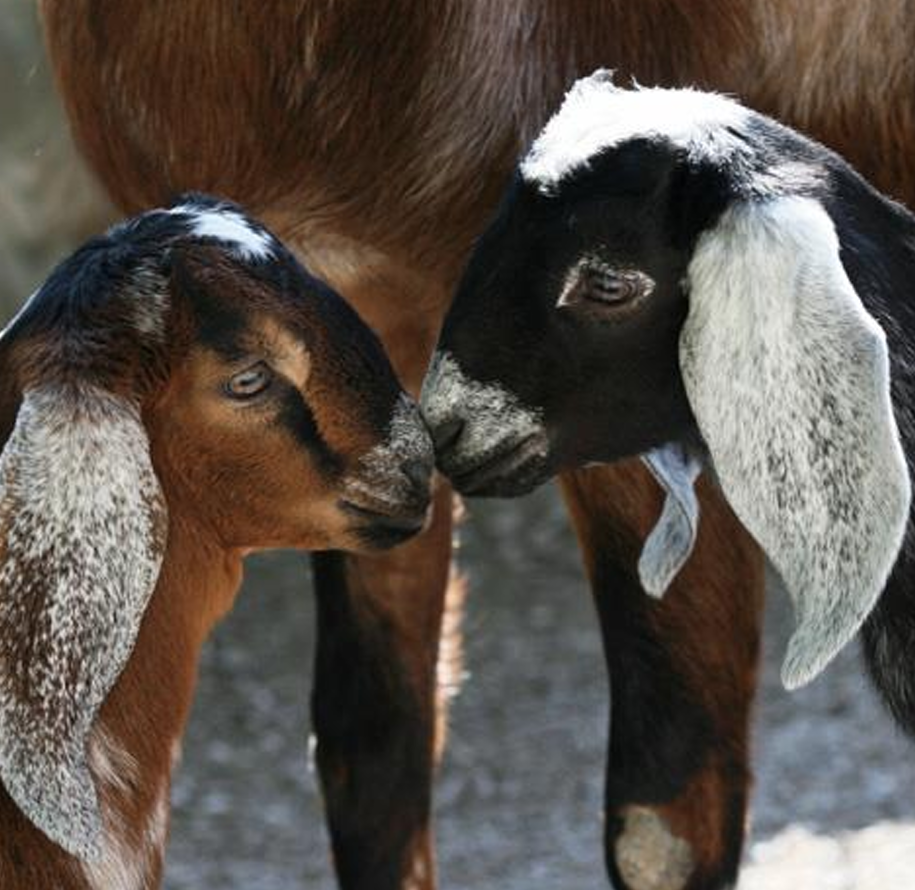
What Goat is this?
Nubian
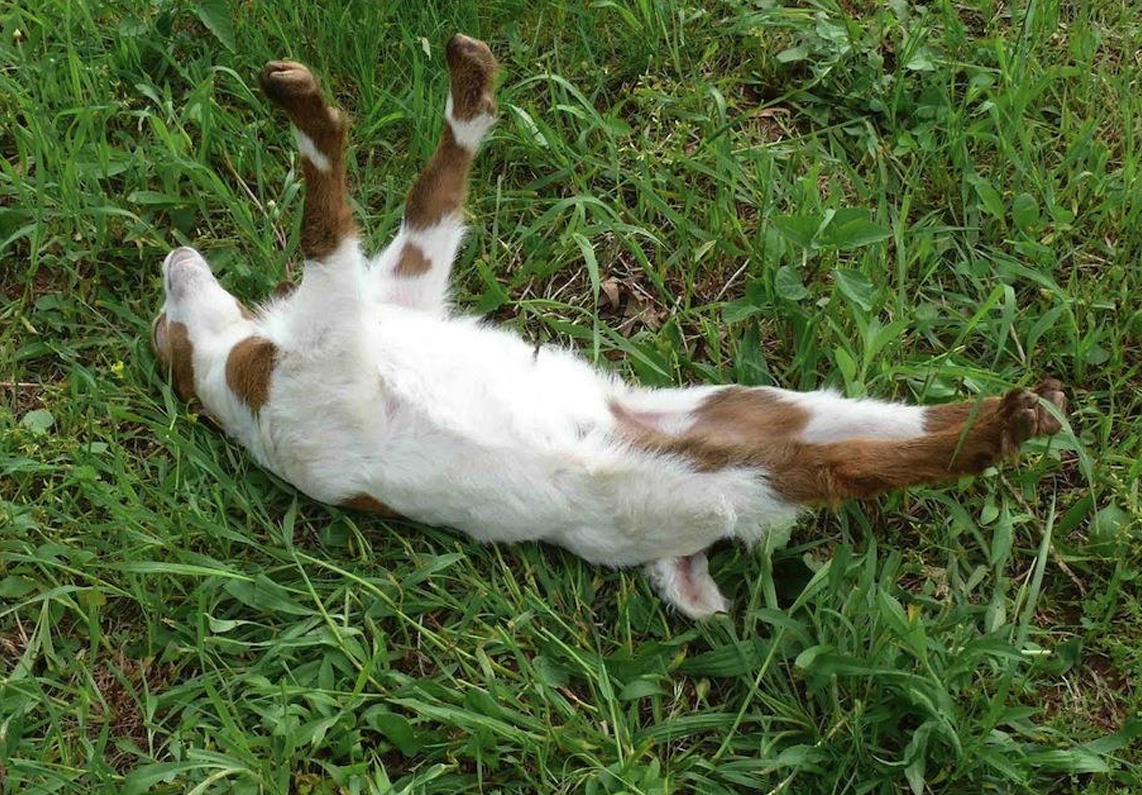
What Goat is this?
Myotonic
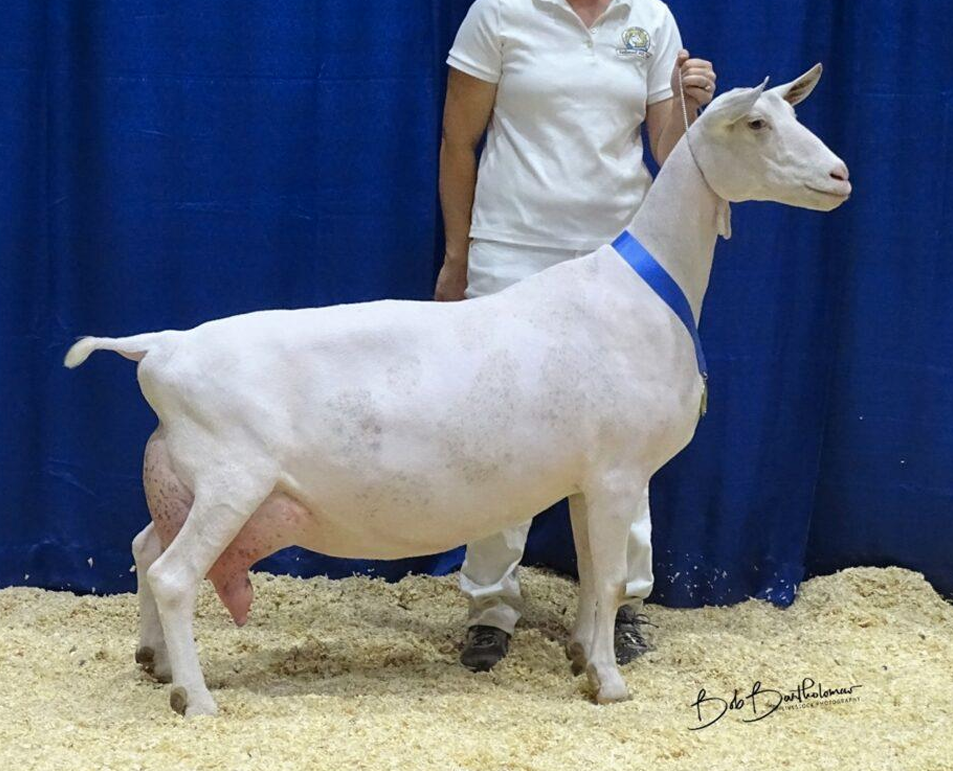
What Goat is this?
Saanen
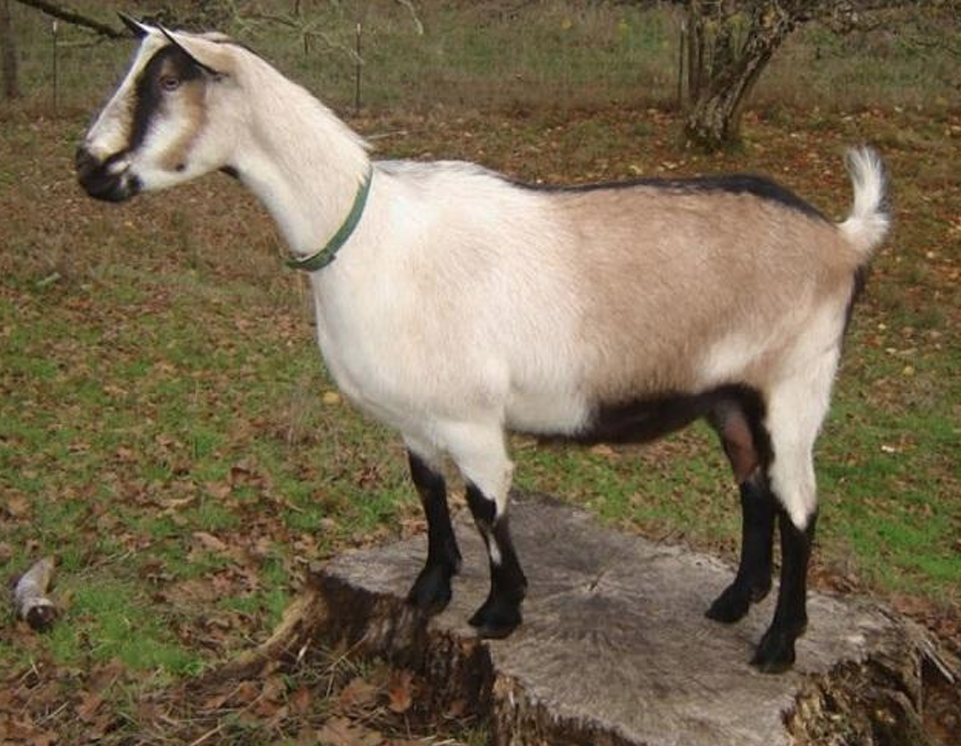
What Goat is this?
Alpine
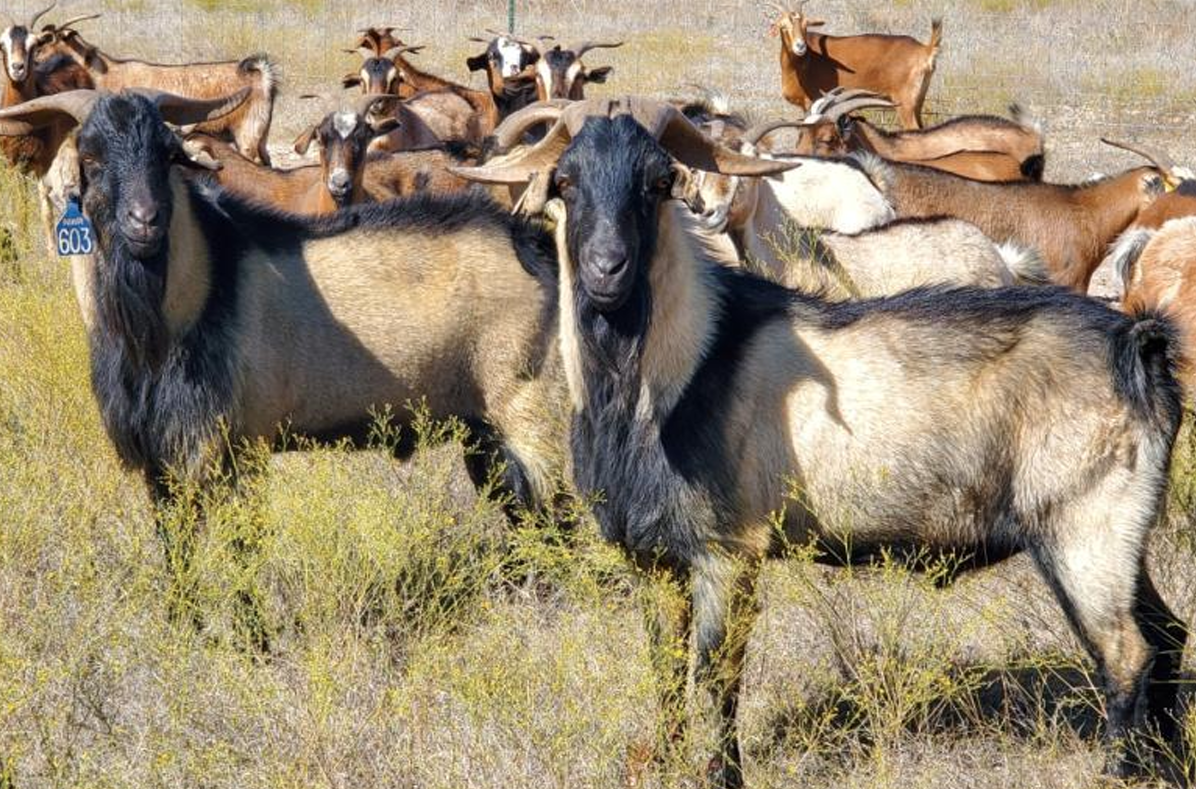
What Goat is this?
Spanish
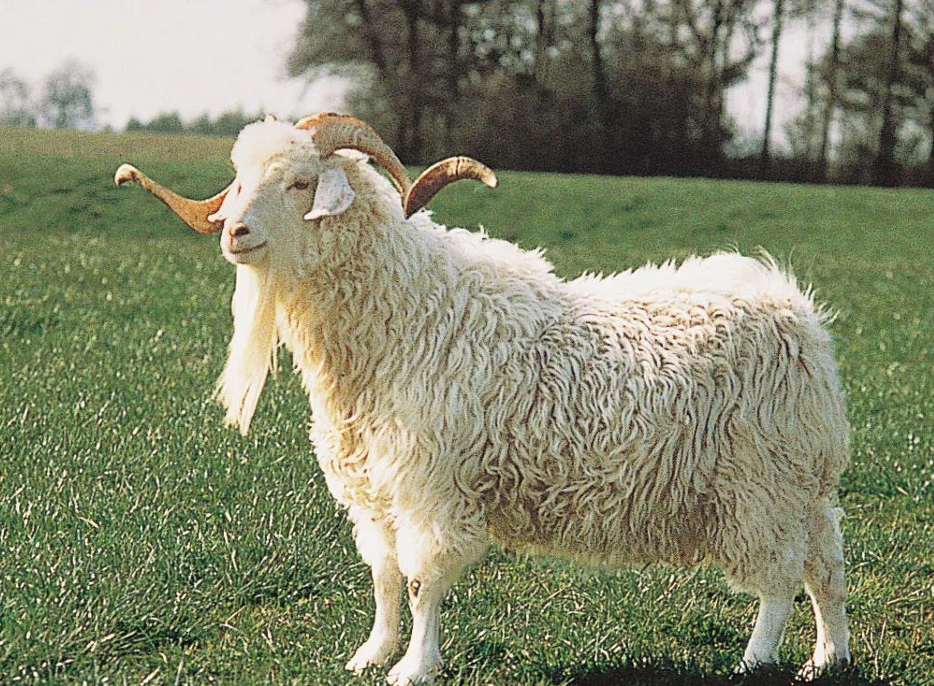
What Goat is this?
Angora
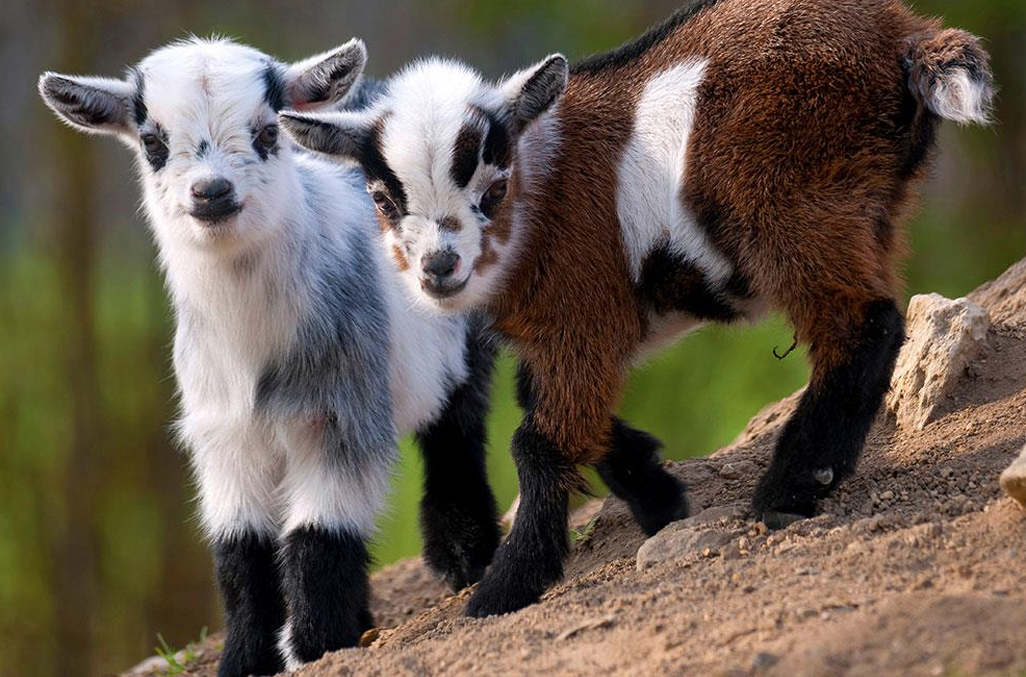
What Goat is this?
Pygmy
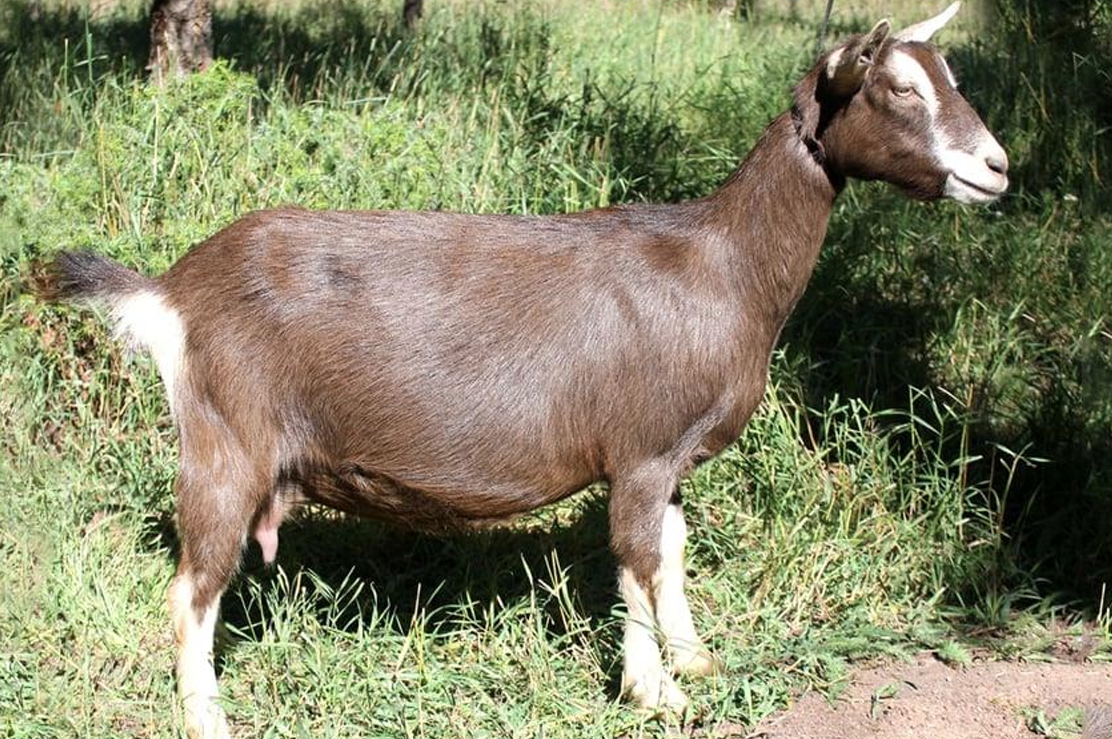
What Goat is this?
Toggenburg